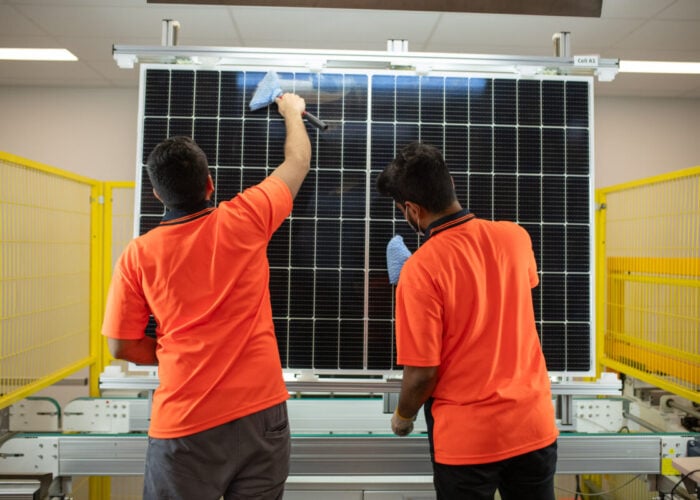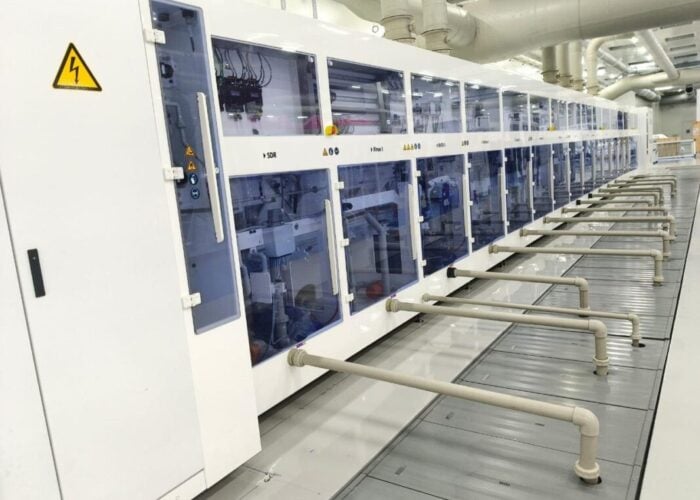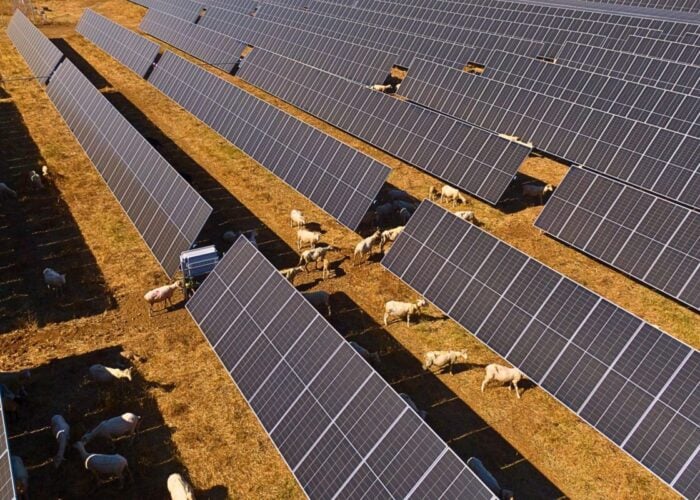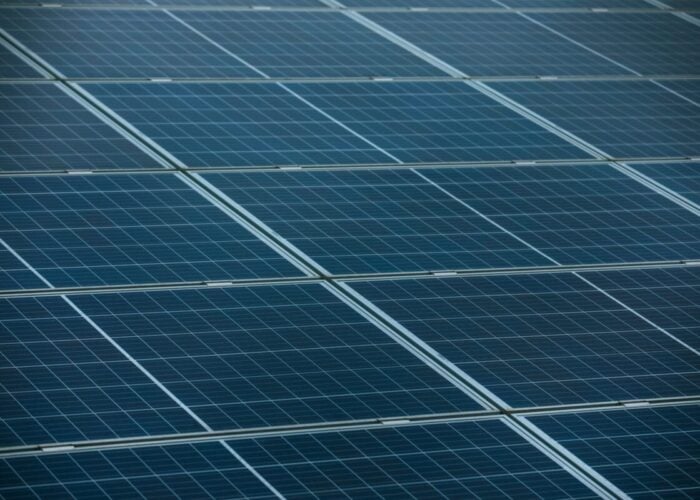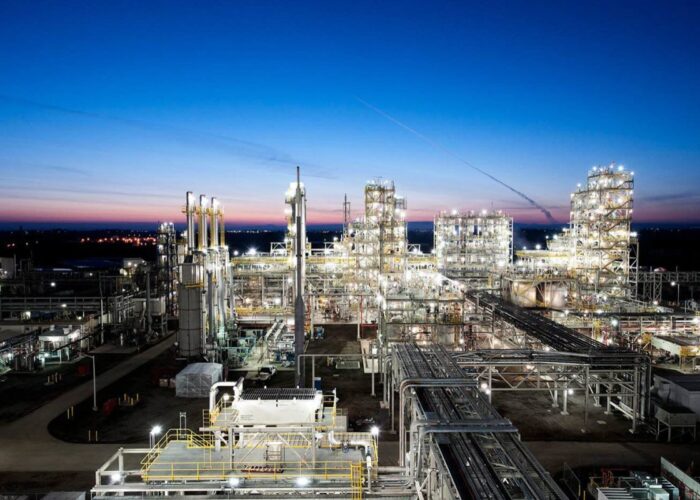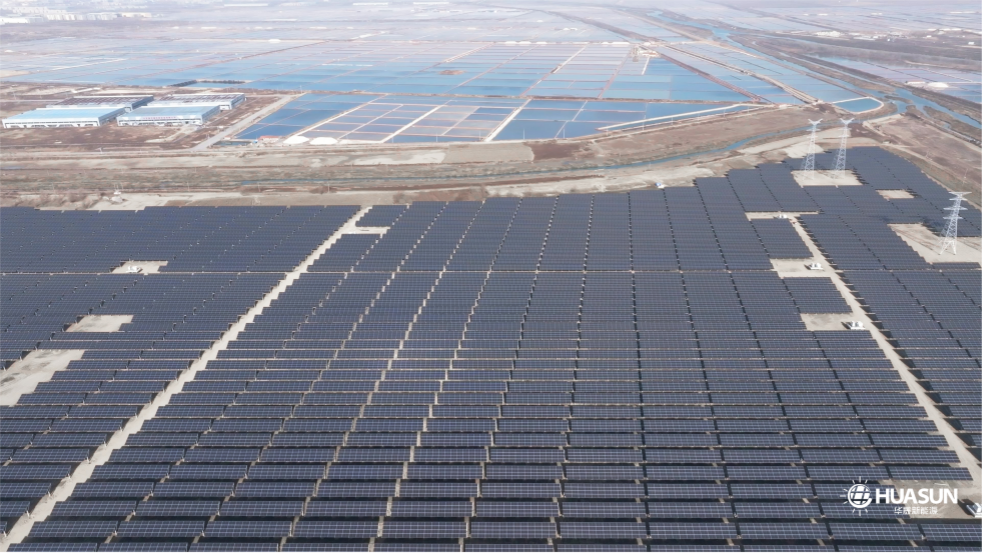
PV manufacturer Huasun’s Himalaya G12 module has posted a certified power output of 715W, which the company said is a new industry high.
The Himalaya G12–132 heterojunction (HJT) module passed full sequence testing by TÜV SÜD, the German sustainability services provider, and received the IEC 61215 certification for its performance.
Unlock unlimited access for 12 whole months of distinctive global analysis
Photovoltaics International is now included.
- Regular insight and analysis of the industry’s biggest developments
- In-depth interviews with the industry’s leading figures
- Unlimited digital access to the PV Tech Power journal catalogue
- Unlimited digital access to the Photovoltaics International journal catalogue
- Access to more than 1,000 technical papers
- Discounts on Solar Media’s portfolio of events, in-person and virtual
Launched in mid-2022, the Himalaya module is based on 210mm HJT cells combined with monofacial monocrystalline and SMBB technology. It retains the efficiency of HJT cells whilst also increasing water resistance and anti-potential induced degradation (PID) performance by featuring a PIB-encased double-glass structure.
Huasun said that over an expected 30-year lifespan the module’s generation efficiency will remain above 88%.
The company also said that its Himalaya modules have been deployed at the Weijing agrivoltaics project in Shandong province, China, which will be the country’s largest single HJT project once connected to the grid.
PV Tech market analysis from September identified HJT as one of the defining trends in PV cell technology for 2023, and specified Huasun as the most advanced Chinese proponent of the technology as HJT comes under pressure from advances in TOPCon technology.


